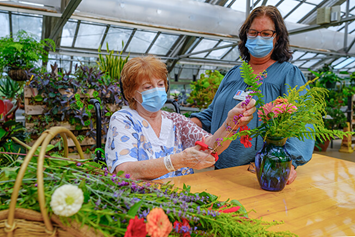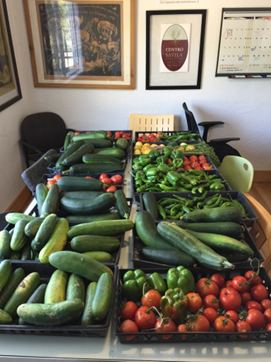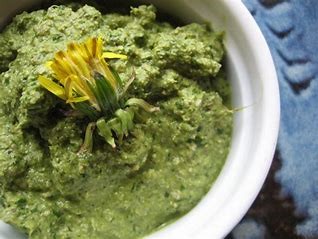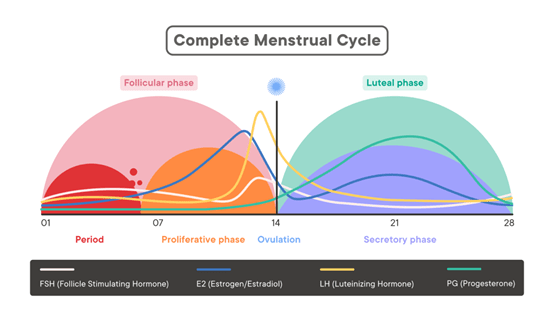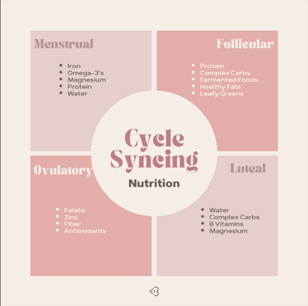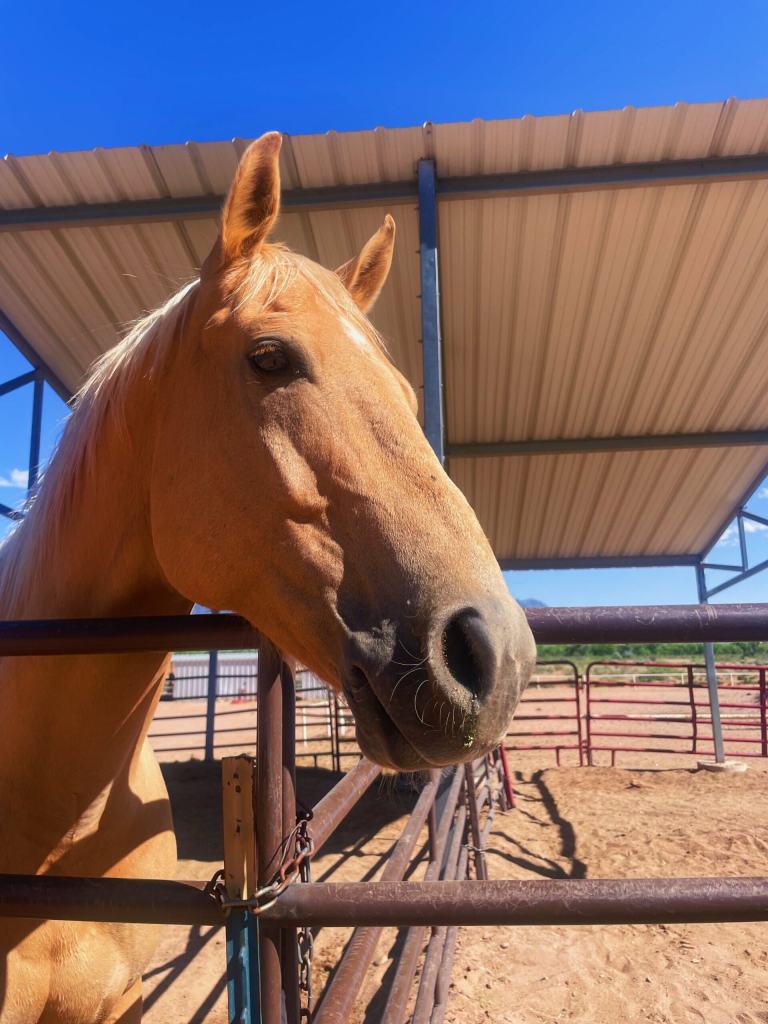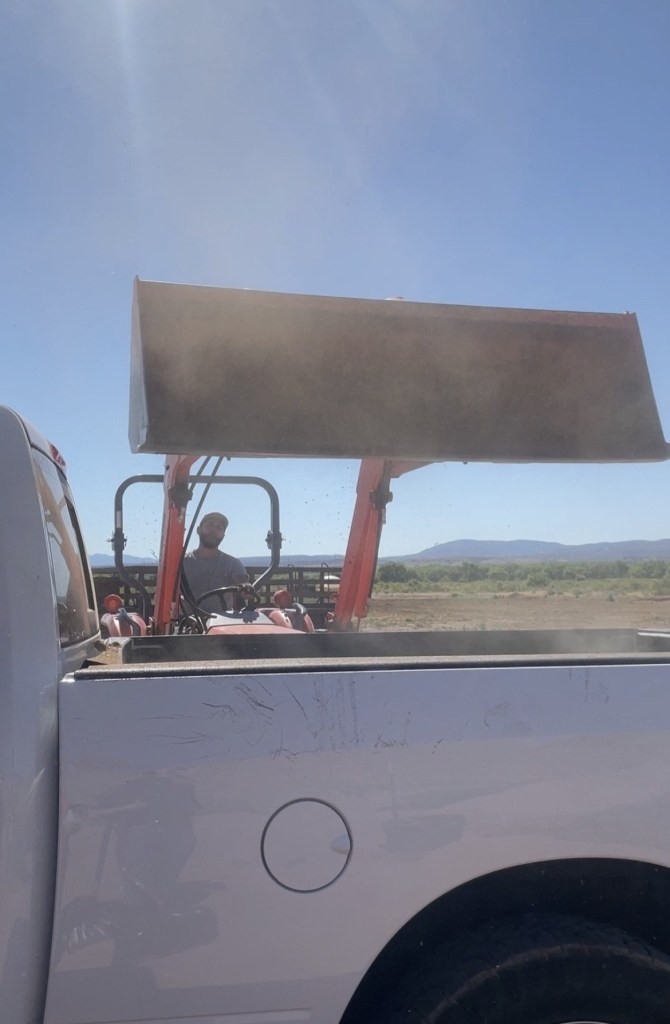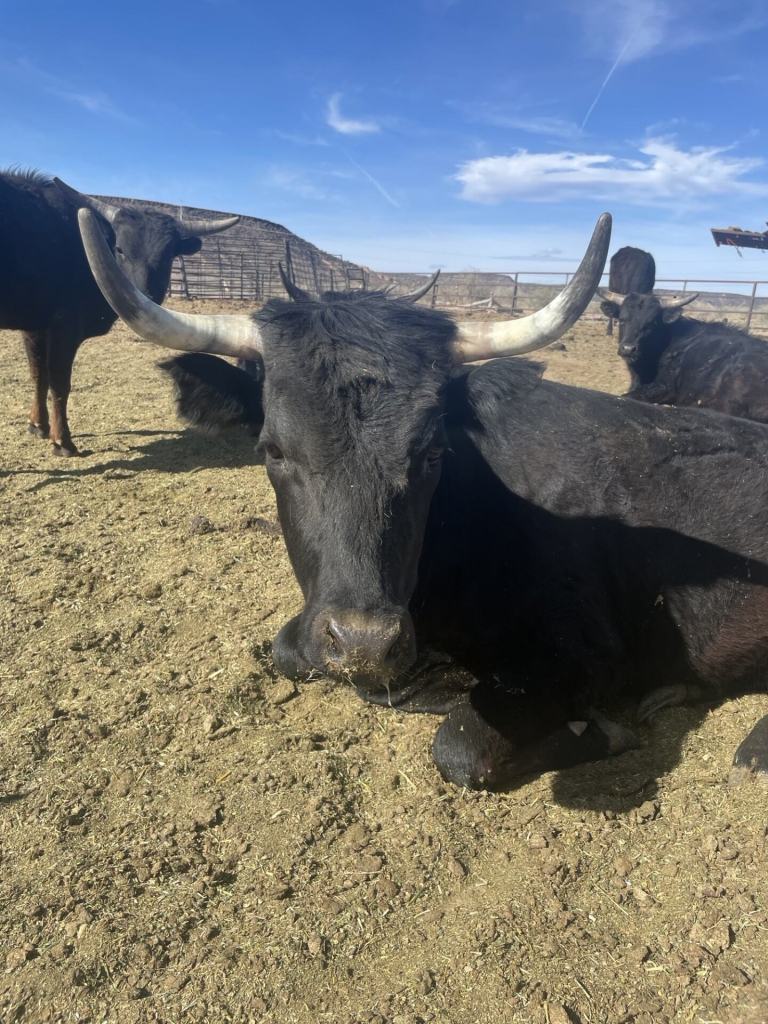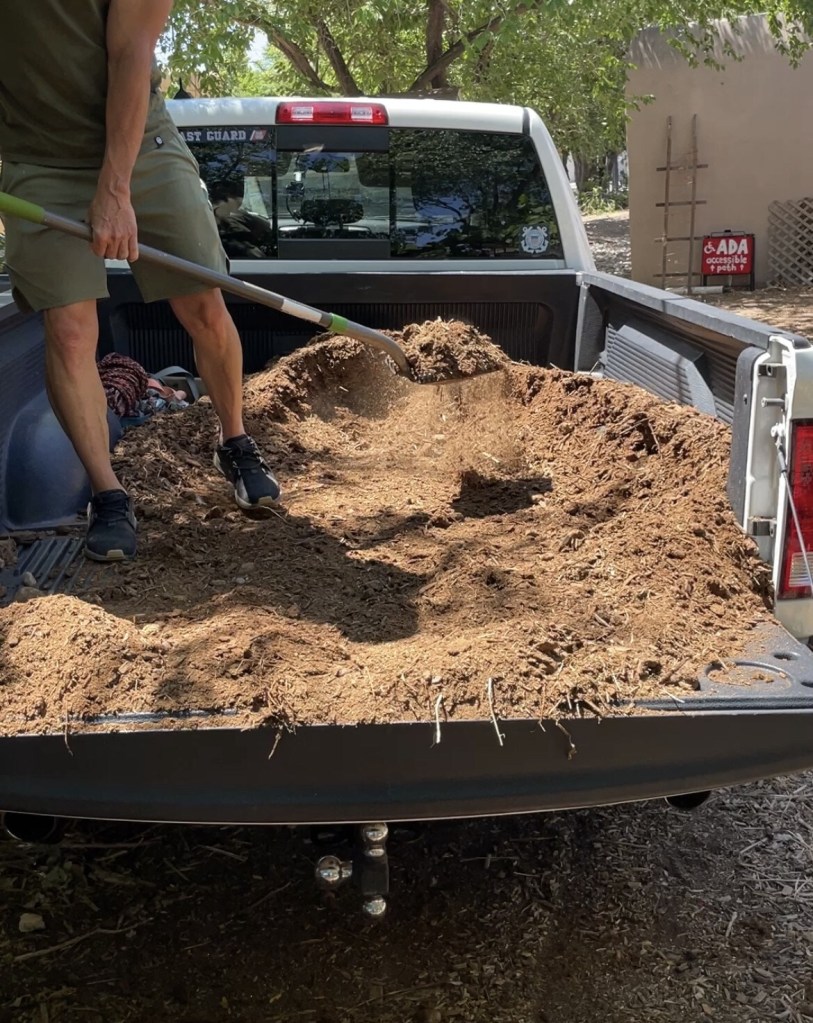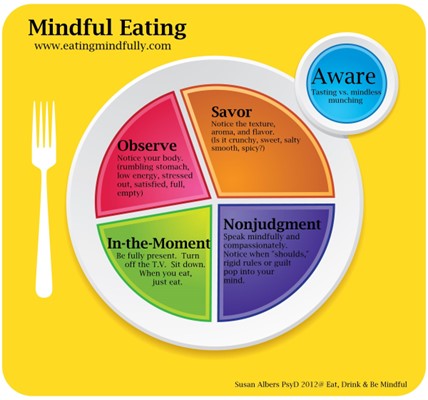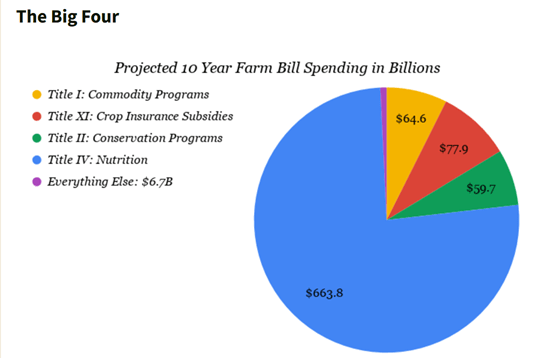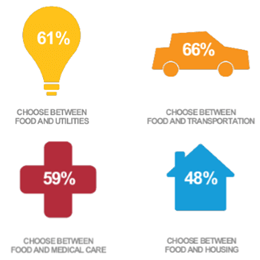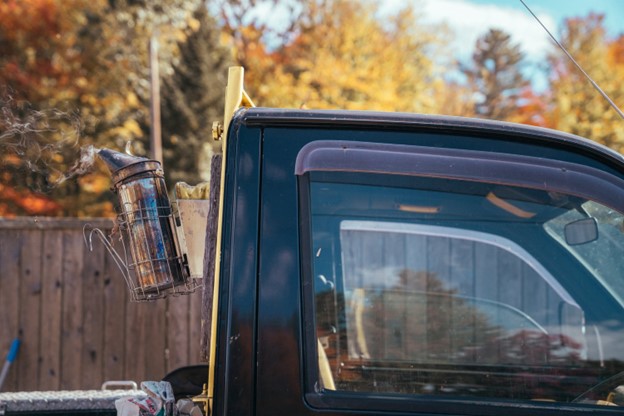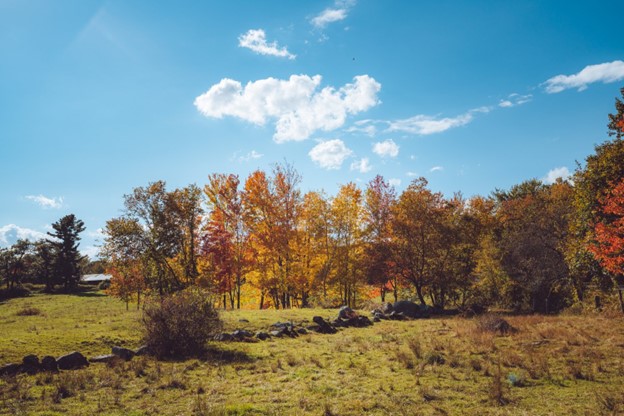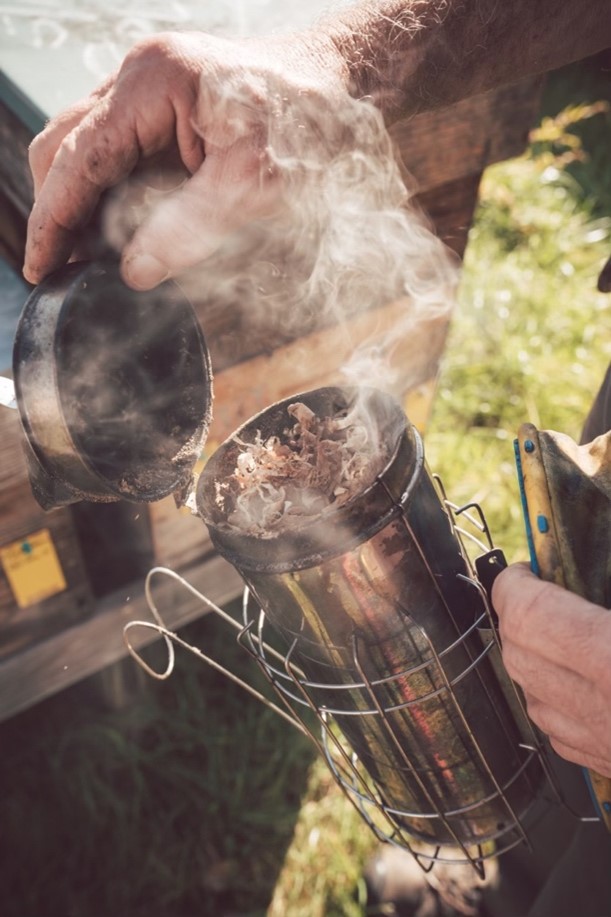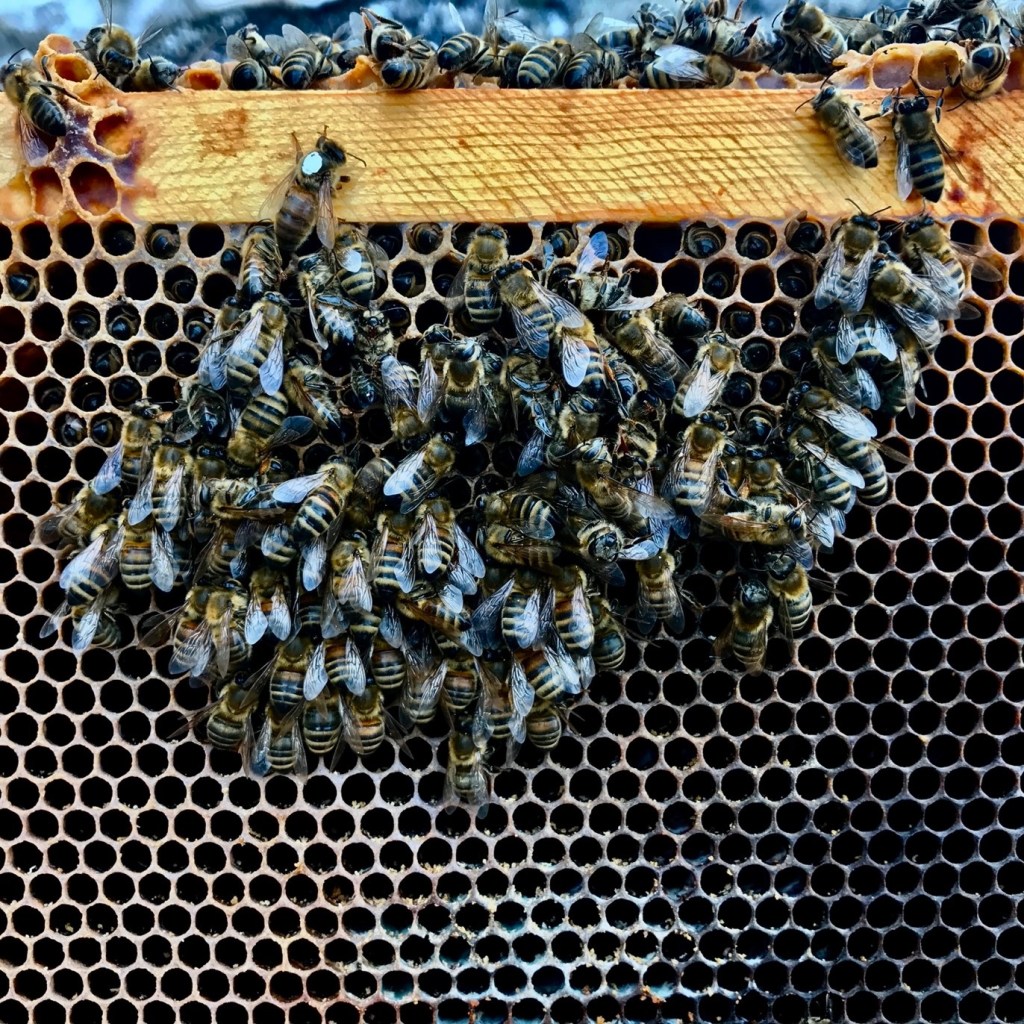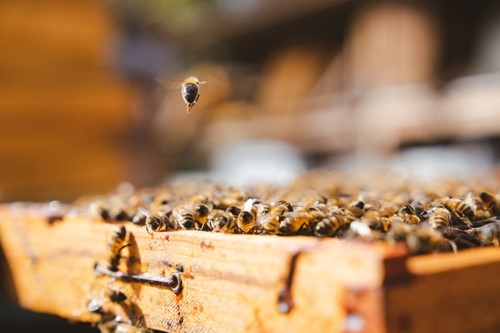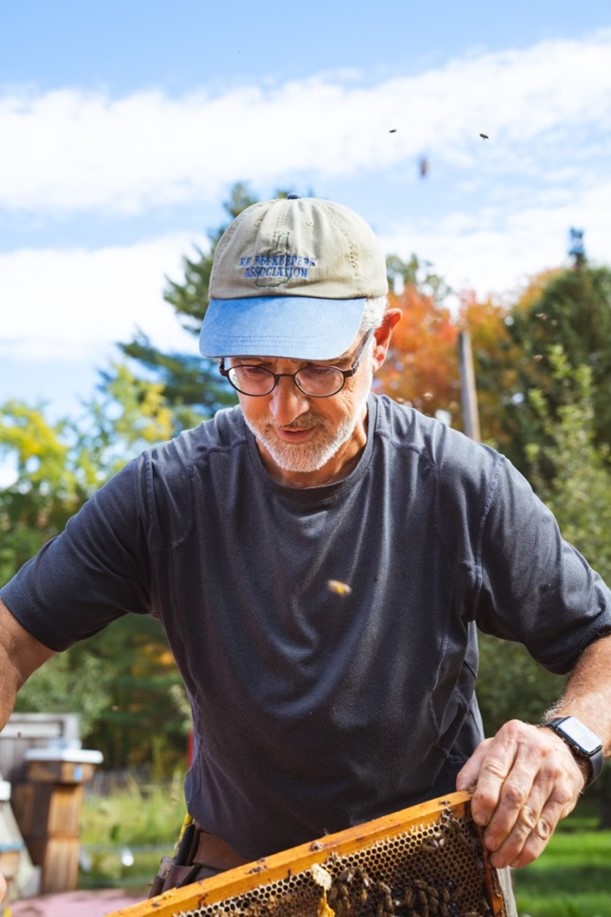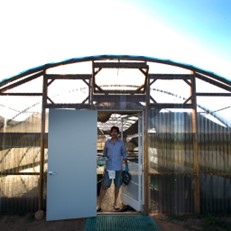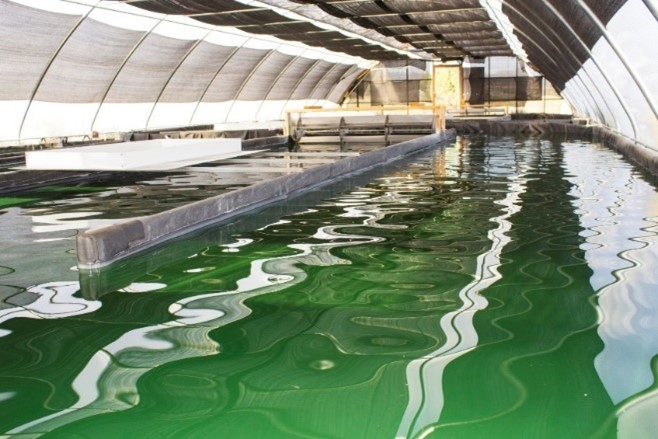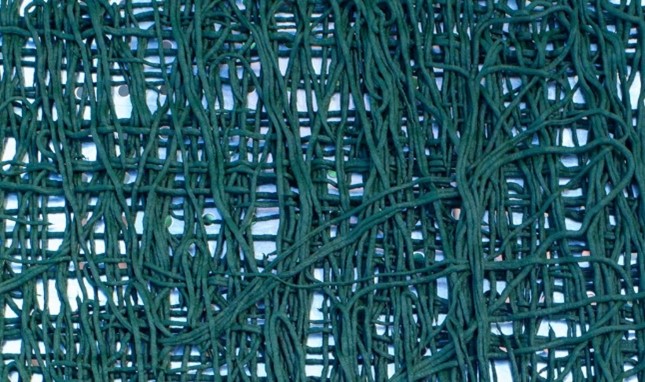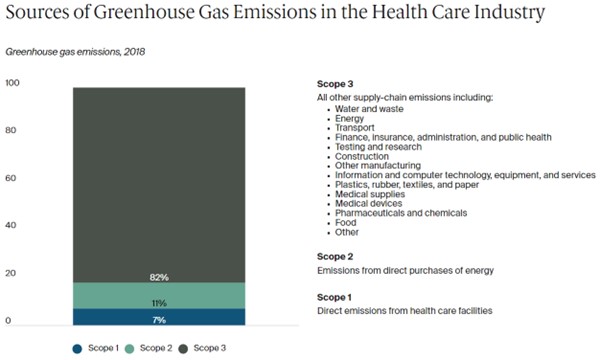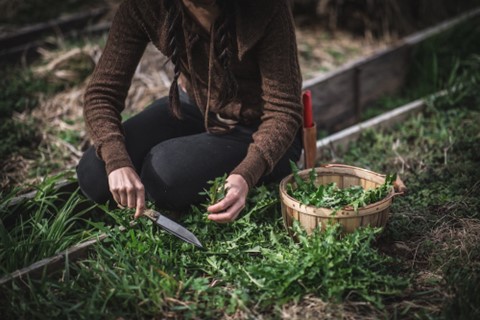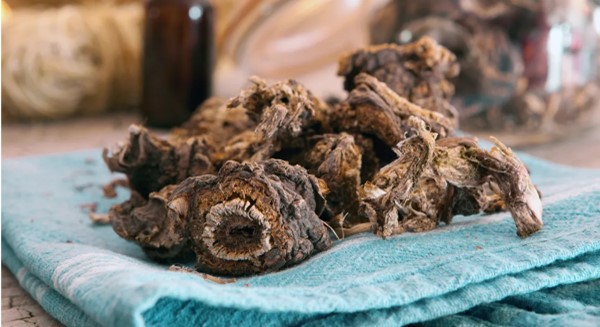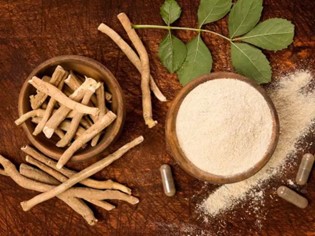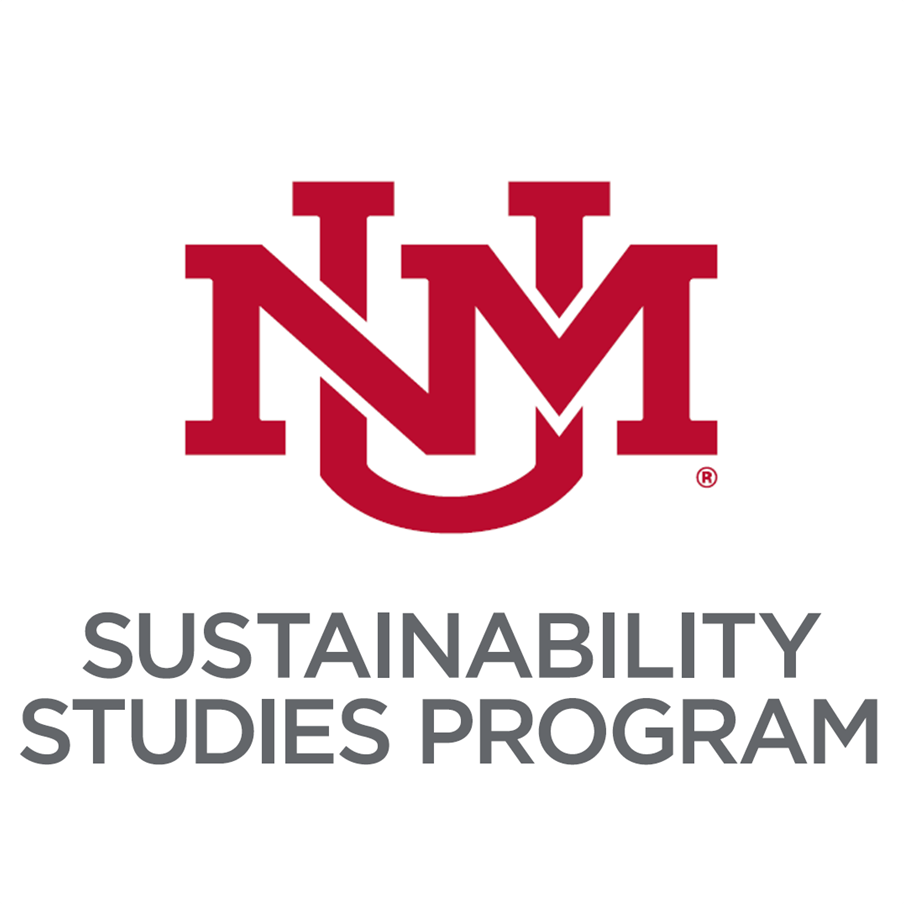Horticultural therapy is a growing field that allows people to heal physically, mentally, emotionally, and/or spiritually through interactions with plants. To define the term horticultural therapy, let’s break it down. Horticulture is the art and science of growing plants, while horticultural therapy is the use of planting and plant-based activities to improve a person’s well-being. Spending time with plants and outdoors has been known to be beneficial since ancient times. More recently, HT emerged and gained popularity in the 1940s and 1950s while in search of therapy options for war veterans (Ottosson, 2024). Several factors contributed to its rise including post war rehabilitation needs, connection to nature, occupational therapy roots, sense of purpose and achievement, and community and social support. It was developed to be a widely used form of therapy. In 1972, Kansas State University began offering Horticulture Therapy as an undergraduate degree, becoming the first HT curriculum in the US.

https://hnr.k-state.edu/about/
There are many benefits from horticultural therapy. These benefits are mainly categorized into physical and physiological effects on the human. Some physical benefits include muscle strengthening, improved balance, coordination, and endurance. Some physiological benefits include stress reduction, increase of relaxation, tranquility, and spirituality, increase in teamwork and communication abilities (American, 2012). “The intentional contact with nature induces healing in the mind, body, and spirit,” says Holli Dale, my mom, who graduated from Kansas State with her degree in HT. There has been proven effectiveness of HT in humans through multiple scientific studies, one of which is called “Horticultural Therapy for Stress Reduction.” This study showed significant improvements on individuals in terms of their psychological health after 100-500 minutes of outdoor, horticultural therapy time.
Secondly, there are a plethora of design aspects and activities to horticultural therapy that can be employed and adapted in various ways. A design aspect could include a thoughtful garden design, which involves creating spaces that are conducive to therapeutic experiences. The next is optimization of accessibility which could include raised garden beds to accommodate individuals with mobility challenges or disabilities, providing ergonomic tools, and wide paths to accommodate wheelchairs or other mobility aids (Hazen, 2021). Another one is planned activities and classes designed to engage participants in meaningful and therapeutic interactions. In terms of activity ideas, one could do a chia pet making activity, taking a walk or hike through nature, hosting a flower pressing class, planting a butterfly garden and releasing butterflies, or making a salad using garden vegetables.



Horticultural therapy has roots and applications throughout the world, including many organizations and businesses that use HT in their practice here in New Mexico. One organization called Recovery House, located in Northeast Albuquerque, is a rehabilitation center for drug and alcohol addiction. This organization offers self-defense training, yoga therapy, culinary therapy, and gardening/horticultural therapy. Another relevant organization is called Lasting Nature located in Santa Fe. This organization provides HT to a wide variety of populations including senior centers, assisted living, nursing homes, adults with behavioral health issues, and special needs children. With tailored programs to meet specific client needs, Lasting Nature demonstrates a commitment to addressing diverse therapeutic requirements within the community. Next, Centro Savila is a healthcare treatment program situated in ABQ dedicated to aiding individuals recovering from psychological and emotional distress. This unique establishment strikes a harmonious balance by functioning as both a healthcare facility and a provider of therapeutic services, including a therapy garden.
In conclusion, Horticultural Therapy is a growing and changing field. Holli Dale states, “The amount of research-based science backed studies have increased over the years and science is catching up to what HT community already knows instinctively.” The field reflects our profound recognition of therapeutic potential, aligning with our instinctive connection to nature as humans. Horticultural Therapy stands to continue its transformative impact on individual and community lives, creating space where people can heal their mind, body, and spirit.
-Posted by Maya

